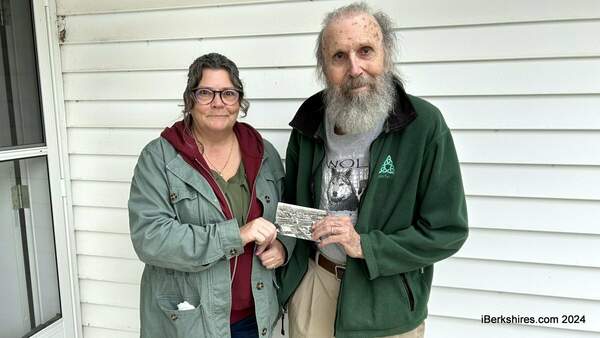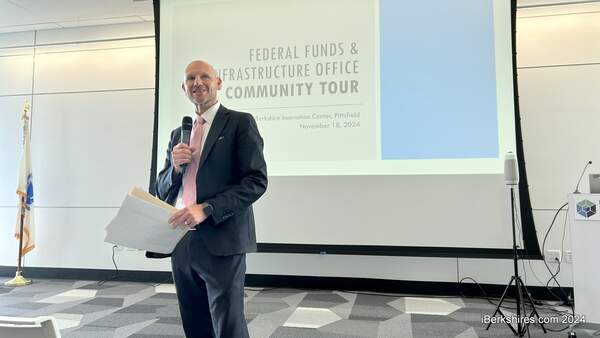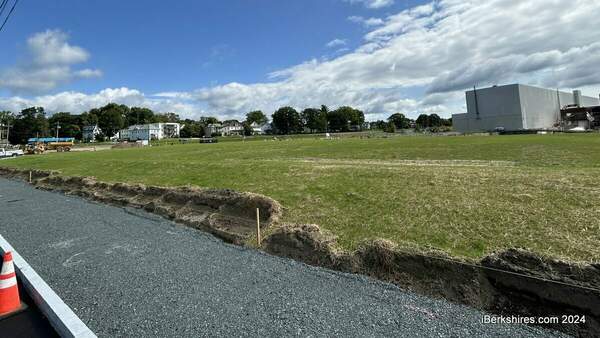May 4 is Wildfire Community Preparedness Day
STOW, Mass. — Wildfire Community Preparedness Day is May 4, and Massachusetts fire service leaders are urging residents to protect their homes and neighborhoods while reducing the risk posed by wildland fires.
"Wildfire Community Preparedness Day promotes awareness of the wildland fire risk to people, property, and the environment," said State Fire Marshal Jon M. Davine. "We encourage everyone to take time tomorrow to defend their homes and families. Clearing flammable debris, creating an evacuation plan, and committing to outdoor fire safety can reduce the risk of a wildland fire damaging your home."
"Wildland fires aren't just a West Coast phenomenon," said Department of Conservation & Recreation Chief Fire Warden David Celino. "Massachusetts experiences more than 1,000 of these fires each year, and many of them have the potential to put residential areas at risk. Some thoughtful yard work and planning can reduce the hazard to lives and property."
Over 50 percent of Massachusetts homes are within the Wildland-Urban Interface zone, where development adjoins and mingles with the natural environment. Wildland fires in these areas can easily extend to homes, and residential fires can spark wildland fires that spread to hundreds of acres and tax regional fire resources.
So far this year, there have been about 200 wildland fires in Massachusetts. During last year's spring fire season, five homes were severely damaged or destroyed from relatively small backyard wildland fires.
Wildfire Community Preparedness Day is a chance to protect yourself and loved ones from these hazards by reducing flammable fuels from the area surrounding your house. Wildland fires most often spread to homes via small flames or embers, and clearing the home and surrounding area – also known as the Home Ignition Zone – of dead vegetation, mulch, firewood, low branches, and other fuels can reduce that risk. A manageable one-day project could include cleaning gutters and porches, removing debris from under porches and stairs, raking leaves and pine needles at least five feet from the foundation, and moving wood piles further from the structure.
Residents should also know what to do in the event that evacuation from the neighborhood becomes necessary. Pack an emergency kit with three days' worth of supplies for your family members. (You can learn more about emergency supply kits from the Massachusetts Emergency Management Agency). Plan two ways out of your house, and identify two alternate travel routes out of the area in case your usual route is impassable. Be sure to let family members, guests, babysitters, and others know your home escape and evacuation plans.
Finally, almost all outdoor fires start with human activity – so everyone can also play a part in reducing the occurrence of wildland fires:
- Never toss cigarette butts or other smoking materials in dry vegetation, mulch, or debris
- Open burning season ends on May 1, so obtain a permit before conducting any open burning prior to that date and remember that open burning is prohibited year-round in some communities
- Before setting up a campfire, be sure it is permitted by checking with the local fire department, and once lit attend to them at all times
- Always have a hose, bucket of water, or shovel and dirt or sand nearby to put out the fire, and be sure the fire is out cold before leaving.
- Keep grills at least 10' from the house and away from low branches and shrubs
- If using an ATV, dirt bike, or other off-road vehicle, be sure the spark arrestor is properly installed, as required by Massachusetts law
- Don't park an ATV, dirt bike, or other off-road vehicle on or near dry vegetation, and turn the engine off when stopped for an extended period of time.
You can learn more about Wildfire Community Preparedness Day from the National Fire Protection Association, and more about wildland fire prevention from NFPA's Firewise USA program.















